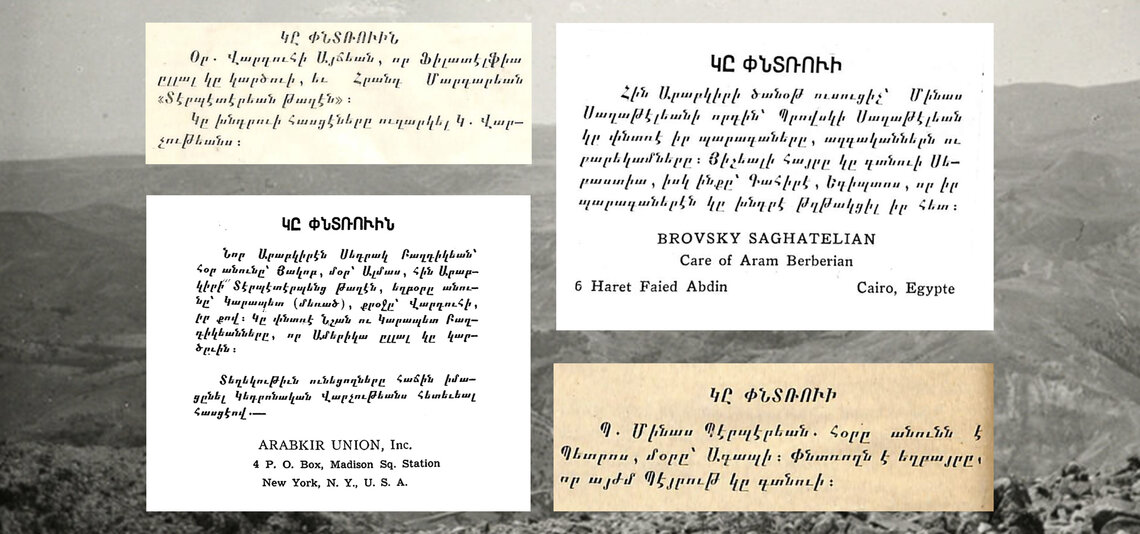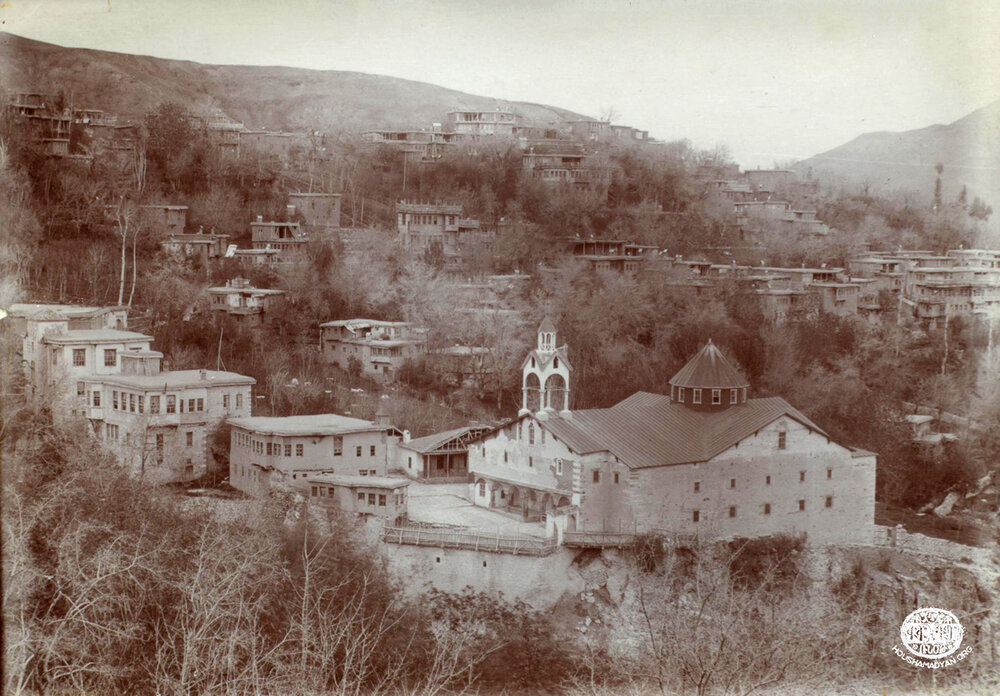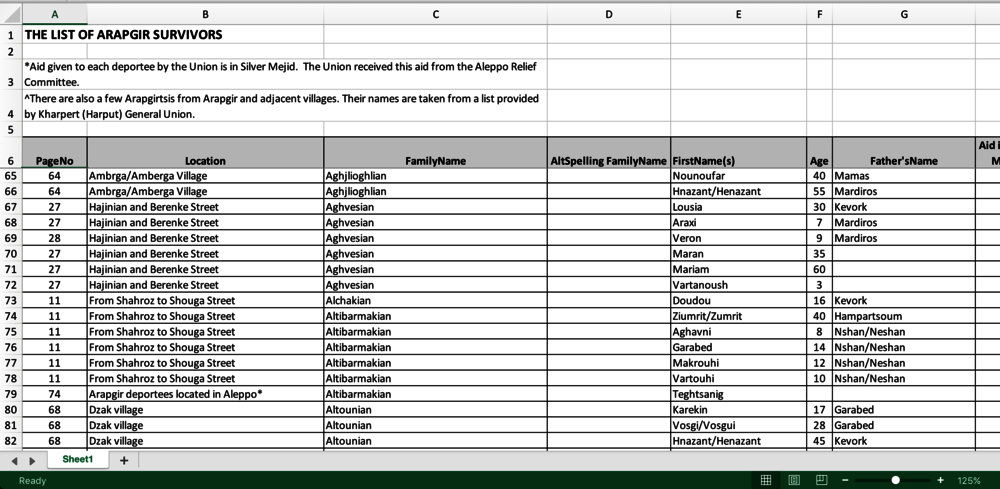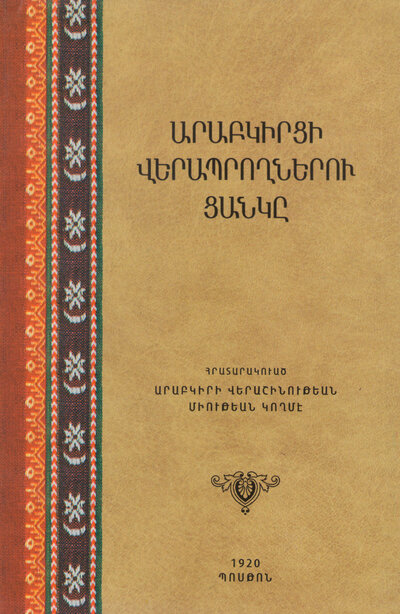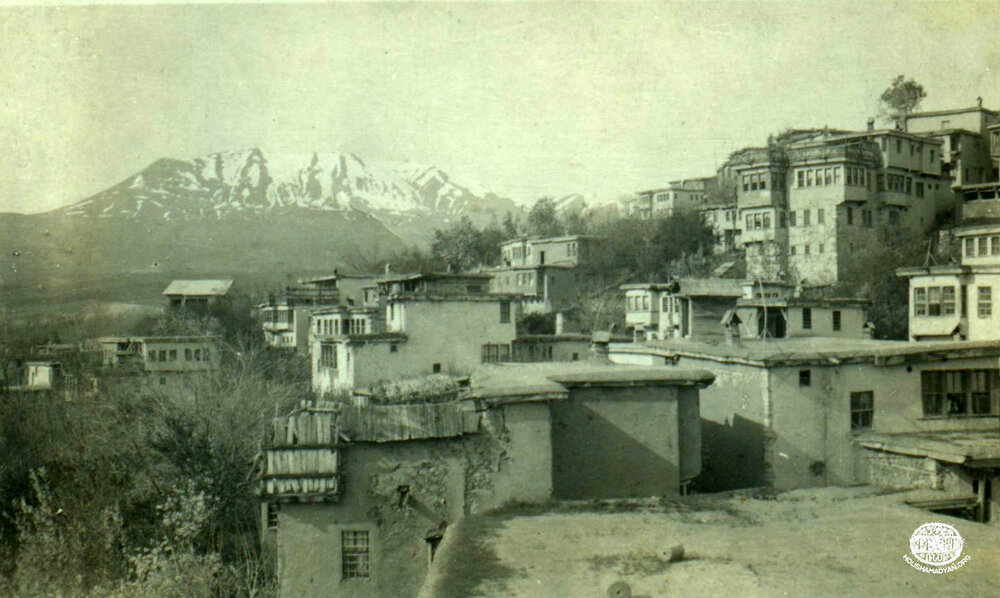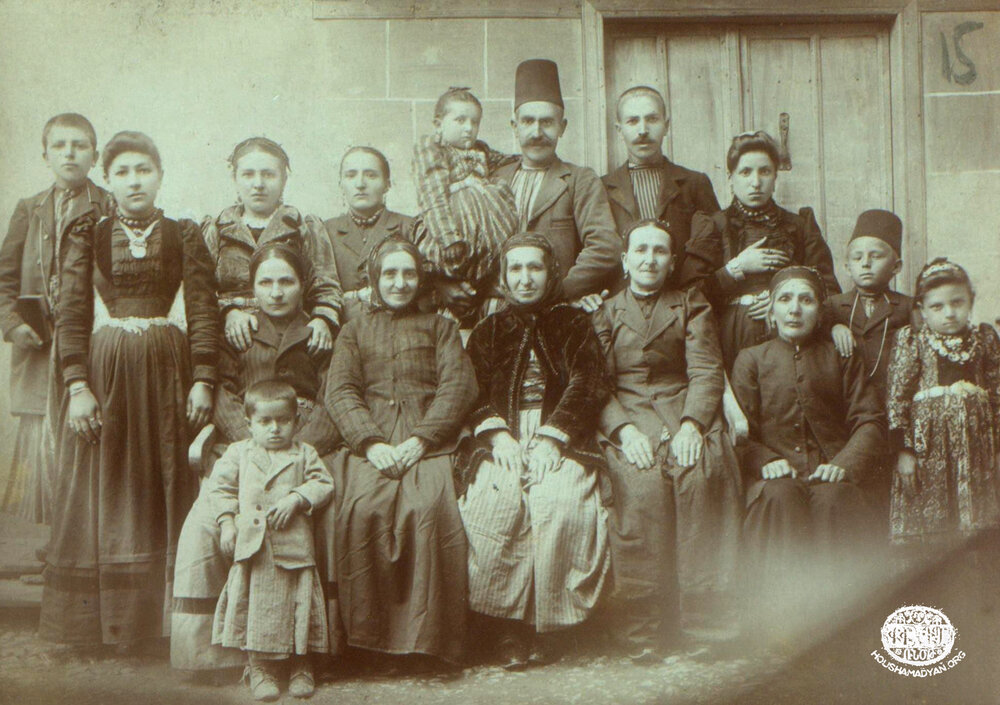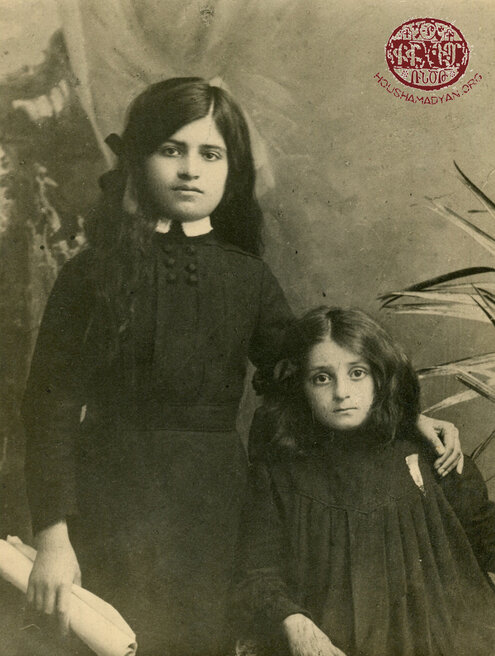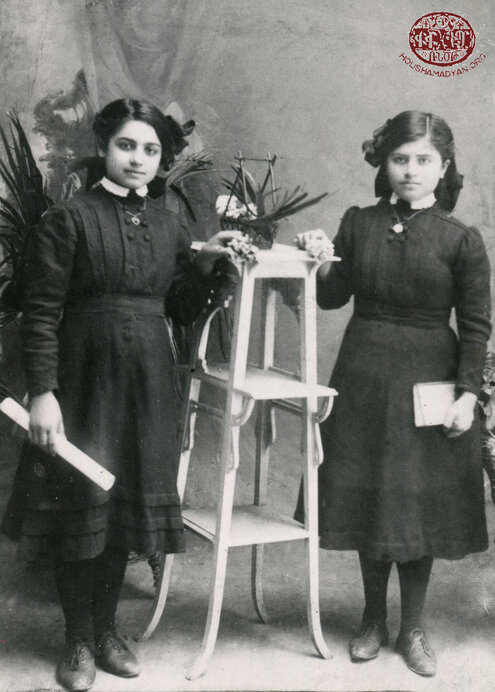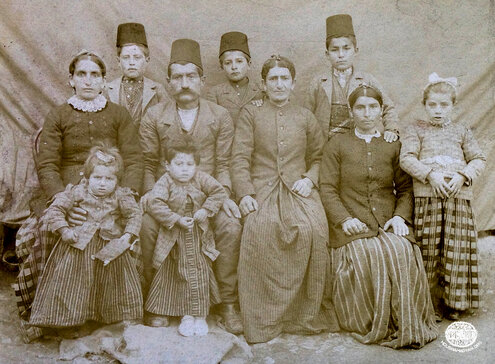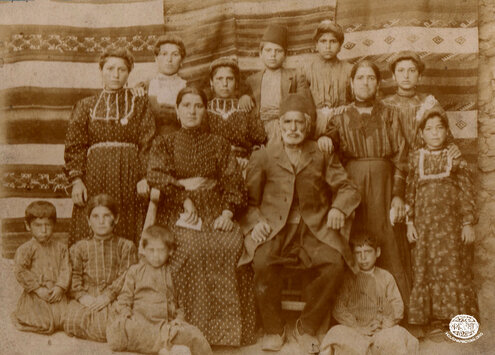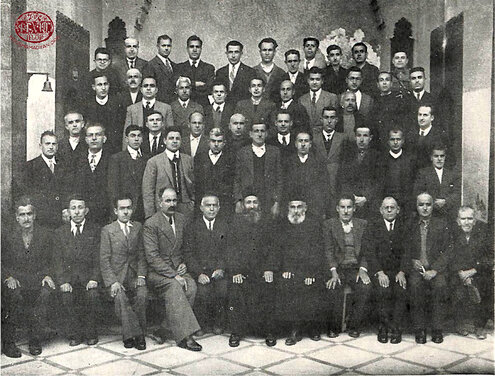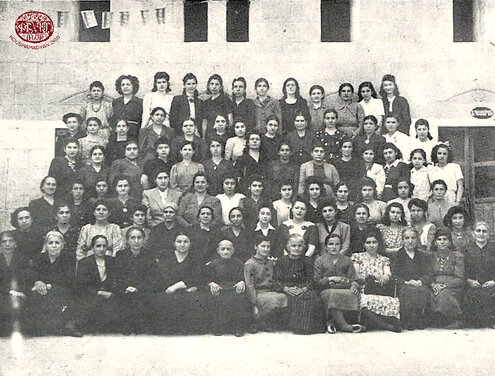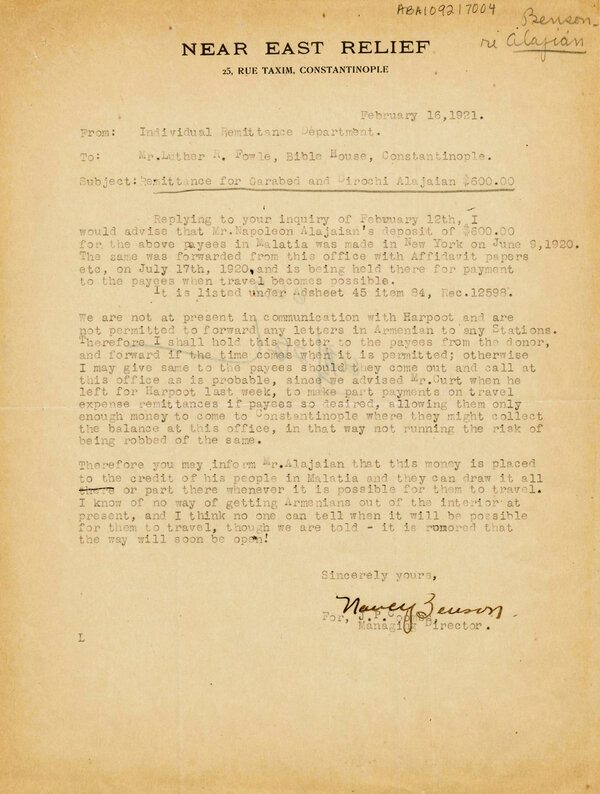Demography - The List of Arapgir Survivors
Author: Todd Shaphren (Paregian) , 11/05/2020 (Last modified: 11/05/2020)

The Armistice of Mudros ended Ottoman Turkey’s participation in World War I at the end of October 1918. The wartime government had fallen and the main perpetrators of the Armenian Genocide fled the empire. Under pressure from the Allied powers, the new Turkish government began to allow Armenian survivors to return to their towns and villages.
The Allies were in control of the area around Constantinople, Cilicia, Lebanon, and Syria, but they had no direct influence on affairs in the interior of Turkey. Armenian survivors flowed into this void and found desolation in their towns and villages. Mikael Mikaelian, a young man from Arapgir, related in his Genocide memoir how the government gathered those Armenians wishing to return - in this case, from Ourfa - in the winter of 1918-1919. He left with the first group of fifty in the company of three Turkish policemen and followed the route Ourfa-Adiyaman-Malatya-Kharpert/Mezre. [1]
Meanwhile, the American Committee for Relief in the Near East, later known as Near East Relief, mounted a massive effort to assist the Armenians and others. Their first ship left America at the beginning of January 1919 and some 250 personnel sailed at the middle of February. [2] The relief area was partitioned into districts with the Kharpert Unit being the headquarters for outlying stations in Malatya and Arapgir. The latter was described as the “farthest interior station” within the Near East Relief operations. [3] Henry Riggs, head of the Kharpert area, and Gardiner Means visited Arapgir in July 1919, but significant aid efforts only began with the arrival in September and November of Elsie Tanner of the Y.M.C.A, overseeing the orphanage, Herbert Knapp, Arapgir station head, and Bessie Murdock, in charge of the infirmary.

Riggs had lists of survivors prepared throughout the Kharpert Unit, and these totaled some 13,000 people. By September 1919, it was reported that the lists had been sent to America where it was hoped they would be printed in Armenian newspapers and a “large burden will be lifted from our [NER] finances when remittances … begin to come through in normal volume.” [4] The effort worked, as a significant percentage of the funds sent by individual Armenians in America was directed to the Kharpert area [5]. Near East Relief established a Department of Individual Remittances to handle these funds and insure that they reached the right people. In some cases, it took months to find a survivor in a far-flung village. Some $92,000 had passed through the department and on to the Kharpert Unit by the end of 1919. [6]
As would be expected, Armenian family members outside of Turkey were anxious to determine if there were survivors. The Union of Arapgir, a compatriot organization in the United States, decided to form another body at the 1917 congress with the mission of aiding survivors. This was named the Reconstruction Union of Arapgir and it raised and distributed funds to aid the poor and orphans among the survivors. [7]
In addition, the Reconstruction Union mounted a campaign in Armenian newspapers and churches around the world requesting that survivors write to the headquarters in Boston. Survivors wanted to know the addresses of their relatives and the center acted as a clearinghouse for this information.

Importantly, the Reconstruction Union of Arapgir decided to publish a complete list of all survivors in and around Arapgir. To do this, they purchased available lists and put them together by street in Arapgir, for several nearby villages, for the orphanage, and for those in Aleppo. Altogether, just over 2,500 names were published.
The Kharpert Unit of Near East Relief collected many, if not most of these names during the late summer of 1919. The young Mikealian mentioned previously stayed in Mezire and was hired by Riggs as an interpreter/secretary. [8] It seems probable that he and others like him travelled throughout the Unit to record the names of survivors. It makes sense that Mikaelian would have gone to Arapgir since he was from that town.
The resulting book carried an introduction dated April 3, 1920, so 2020 marks the 100th anniversary of its publication in Boston. At the time, it sold for 15 cents. No original copies have been found in American repositories, however a facsimile was published in Yerevan in the 2000s and, though printed in very low volume, copies can be found in libraries in Armenia.
There are several examples of lists being published in the Armenian press, especially for orphans, but not a comprehensive attempt to document the survivors in a specific area such as this book. It remains a record not only of those who survived, but also of those who returned ever so briefly to their homes in and around Arapgir.
Special Note: Khazhak Drampyan, a researcher in Yerevan, located the book for me several years ago. The transcription of the list of survivors was accomplished through the gracious efforts of Hasmig Kurdian and Mike Beck of the Armenian Genealogy Facebook page and Khazhak Drampyan.

Araksi Simonian, born in Arapgir. After the Genocide, she was left in the care of orphanages in Constantinople, where she learned embroidery and needlework. Then, still in Constantinople, she married Smpad Khancherian, a native of Bitlis. Later, the couple moved to France.
In both photographs, Araksi is the girl standing on the left. The others in the photographs are unidentified (source: Alice Jamgochian Collection, Paris).

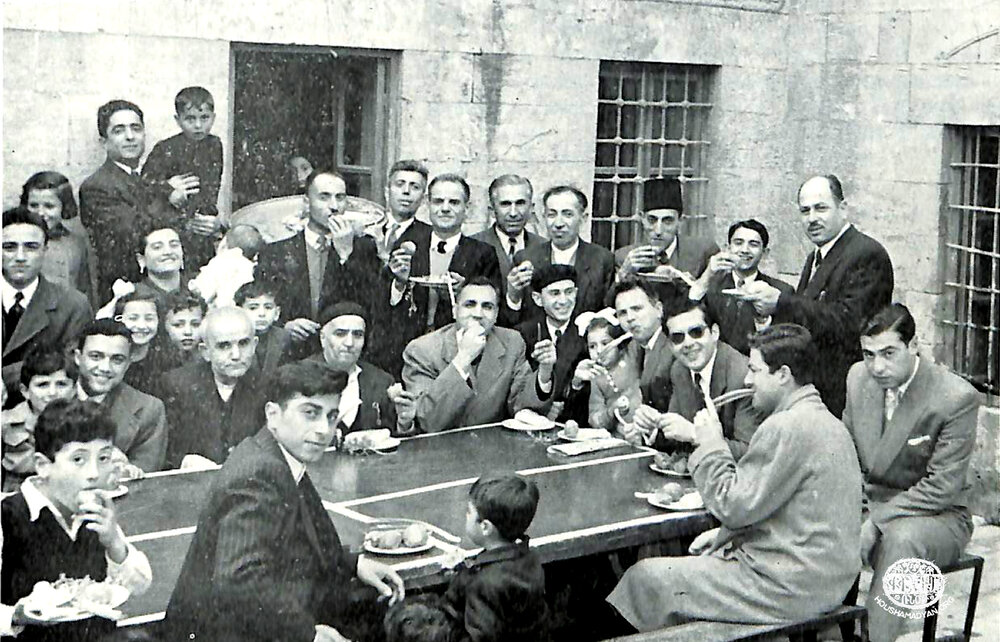

- [1] Mikaelian, Dr. Mikael, Fifty Years Ago, Beirut, 1974 (translated and condensed by Arra S. Avakian for the Shaphren family), pp. 125-132.
- [2] “Relief for the Near East: Two Ships, with Workers and Supplies, Left This Port Yesterday,” New York Times, January 17, 1919, p. 7.
- [3] “Harpoot News,” Near East Relief, Internal newsletter previously called The Acorne archived at SALT Research, April 30, 1922.
- [4] “Individual Remittances,” The Acorne, Internal newsletter archived at SALT Research, September 13, 1919.
- [5] “Advice Sheet No. 24, just received from New York, contains 520 items, representing $28,082.81. Of this, 262 items, amounting to $10,472,74 is for the Harpoot Unit.” “Individual Remittances,” The Acorne, Internal newsletter archived at SALT Research, November 8, 1919.
- [6] “The Department of Individual Remittances,” The Acorne, Internal newsletter archived at SALT Research, May 1, 1920. The records of this department would be very important for those researching their family histories, however the bulk of the copious correspondence and accounting is missing from archives in America. A few examples can be found in the archives of the American Board of Commissioners for Foreign Missions in Istanbul. Some $4.1 million was transferred through this department over approximately 10 years beginning in 1918 (Barton, James L, Story of Near East Relief (1915-1930): An Interpretation, p. 407).
- [7] Poladian, Antranig, The History of the Armenians of Arapgir, Part XIV, pp. 592-3 (this is from an English translation kindly provided by George Jerjian).
- [8] Mikaelian, Fifty Years Ago, pp. 133-137. Mikaelian had been a student at Euphrates College where Riggs had been President before World War I.
